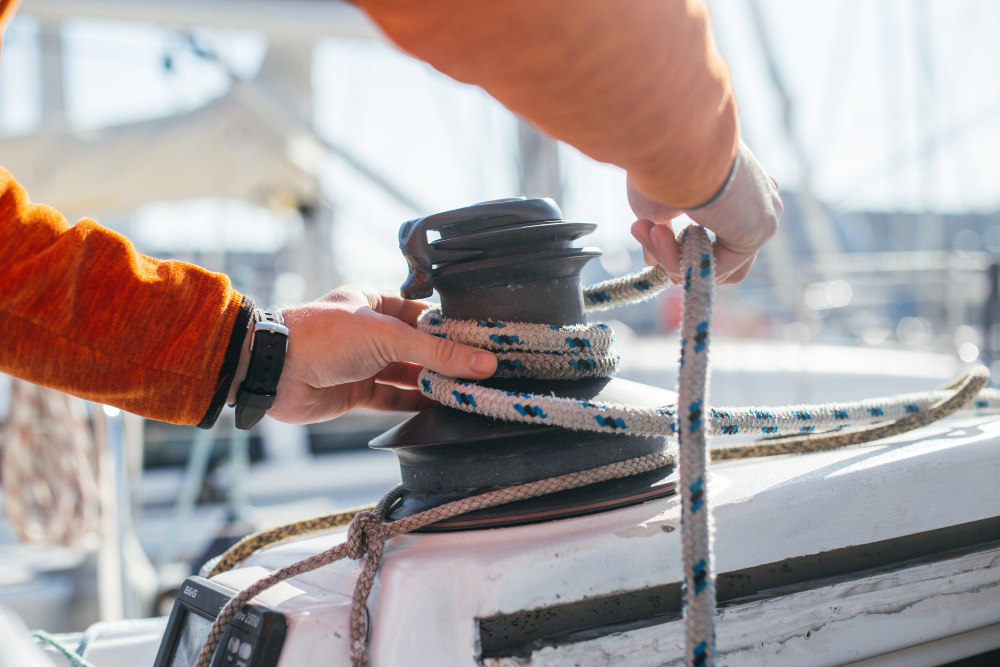The 5 Essential Golden Rules for Anchoring Your Off Shore Power Boat

Anchoring your boat is a fundamental skill that every seafarer must master, especially if you're the proud owner of an off shore power boat. Doing it correctly is about more than just stopping your vessel from drifting; it's about ensuring safety, stability, and peace of mind. In this blog post, we're diving into the five essential golden rules for anchoring, which are crucial whether you're enjoying a leisurely day on the water or finding shelter from an unexpected storm.
1. Choose the Right Anchor and Ground Tackle
The anchor and its accompanying gear, known in nautical terms as 'ground tackle,' are the bedrock of a solid anchoring system. Not all anchors are created equal, and when it comes to off shore power boats, you need something that can handle a variety of sea beds. Make sure the weight and size of your anchor are appropriate for your boat and typical anchoring conditions.
2. Assess the Seabed Conditions
Before dropping anchor, it’s crucial to know what lies beneath. Sand, mud, gravel, and rock can all affect an anchor's holding power. Use charts and depth sounders to gauge the seabed and adjust your anchoring technique accordingly.
3. Calculate the Correct Scope
The 'scope' is the ratio of the length of anchor line (rode) you have out to the depth of the water. A common rule of thumb is a 7:1 scope for calm conditions, meaning if you're in 10 feet of water, you’d let out 70 feet of rode. However, for off shore power boats, especially in rougher conditions, you might need to increase that ratio for added security.
4. Securely Set the Anchor
After dropping your anchor, gently back off until the rode is taut, then increase the engine reverse thrust slightly. This will help to 'set' the anchor firmly into the seabed. Keep an eye on fixed points on the land to ensure you're not drifting, and be patient; it may take several minutes for the anchor to embed securely.
5. Always Monitor Your Anchor
Once anchored, monitor your position regularly, especially if the weather changes or tide and current shifts. High-tech GPS systems and traditional methods like triangulation with fixed points onshore can ensure your anchor hasn't dragged, keeping you safe and stationary.
Bonus Tip: Familiarize Yourself with Local Regulations and Practices
Local knowledge is priceless. Understand the regulations and best practices for the area where you're anchoring. Some regions may have restrictions or advice on the types of anchors or areas where you can anchor.
In Closing
Anchoring isn't just about dropping a hunk of metal in the water; it's a practice that combines science, seamanship, and experience. By following these golden rules, you can ensure that each anchoring experience is calm and controlled.
For those keen boaters looking for top-of-the-line off shore power boats, be sure to contact Velocity Powerboats. Our expert team can provide you with more information and help guide you to the perfect vessel fitted with all the necessary anchoring gear. After all, the best boating experiences rely on a blend of adventure and assurance — and it all begins with a secure anchor.